Home>Home Appliances>Home Automation Appliances>How To Make Alexa Understand Spanish


Home Automation Appliances
How To Make Alexa Understand Spanish
Published: January 1, 2024
Learn how to make your home automation appliances understand Spanish with our comprehensive guide. Enhance your Alexa experience today!
(Many of the links in this article redirect to a specific reviewed product. Your purchase of these products through affiliate links helps to generate commission for Storables.com, at no extra cost. Learn more)
Introduction
In today's interconnected world, smart home devices have become an integral part of our daily lives. Among these, Amazon's Alexa stands out as a versatile and intelligent virtual assistant, capable of performing a wide range of tasks through voice commands. However, for Spanish speakers or those looking to improve their Spanish language skills, it's essential to understand how to make Alexa comprehend and respond in Spanish. In this comprehensive guide, we will delve into the intricacies of adjusting Alexa's language settings and provide valuable tips for optimizing its understanding of the Spanish language. Whether you're a native Spanish speaker, a language enthusiast, or simply interested in expanding Alexa's linguistic capabilities, this article will equip you with the knowledge and tools to make Alexa understand Spanish with ease. Let's embark on this exciting journey of linguistic exploration with Alexa!
Key Takeaways:
- “Changing Alexa’s language to Spanish is easy! Just go to the Alexa app, select your device, and choose Spanish as the language. Then, practice speaking clearly and naturally to help Alexa understand you better.”
- “By using Alexa’s Spanish skills, providing feedback, and engaging in daily conversations, you can help Alexa become fluent in Spanish. This makes it easier for Spanish speakers to enjoy smart home technology.”
Read more: How To Make Spanish Rice In A Rice Cooker
Understanding Alexa’s Language Settings
Before delving into the process of making Alexa understand Spanish, it’s crucial to comprehend how Alexa’s language settings function. Alexa supports multiple languages and language variants, allowing users to interact with the virtual assistant in their preferred language. By default, Alexa is set to the language associated with the region where the device was initially configured. However, users have the flexibility to adjust the language settings to enable Alexa to understand and respond in Spanish.
It’s important to note that Alexa’s language settings are closely tied to the device’s location and the supported languages in that region. As of now, Alexa supports Spanish in various regional variants, including Spanish (Spain) and Spanish (Mexico), among others. Understanding the specific language variants available for your region is pivotal when aiming to make Alexa comprehend Spanish effectively.
Moreover, Alexa’s language settings are intricately linked to the language models and databases that facilitate speech recognition and natural language understanding. When users interact with Alexa in a specific language, the device processes the speech input and generates appropriate responses based on the language model associated with the selected language variant. This underlying mechanism underscores the significance of configuring Alexa’s language settings accurately to ensure seamless communication in Spanish.
By gaining a comprehensive understanding of Alexa’s language settings, users can navigate the process of enabling Spanish language support with confidence. With this knowledge as our foundation, we can now explore the steps involved in changing Alexa’s language to Spanish and optimizing its comprehension of the Spanish language.
Changing Alexa’s Language to Spanish
Changing Alexa’s language to Spanish involves a series of straightforward yet pivotal steps that empower users to unlock the virtual assistant’s capabilities in a new linguistic domain. Whether you’re a native Spanish speaker, a language enthusiast, or someone seeking to expand their language skills, the process of enabling Spanish language support on Alexa is designed to be accessible and user-friendly.
The first step in this process is to access the Alexa app on your smartphone or tablet. Once inside the app, navigate to the settings menu, where you will find the option to manage your Alexa device. Select the specific Alexa device for which you wish to enable Spanish language support. Within the device settings, locate the language settings option, which allows you to modify the language associated with the device.
Upon selecting the language settings, you will be presented with a list of supported languages and language variants. Look for the Spanish language variants available for your region, such as Spanish (Spain) or Spanish (Mexico), and choose the variant that aligns with your linguistic preferences. Once the desired Spanish language variant is selected, proceed to confirm the changes, initiating the process of configuring Alexa to understand and respond in Spanish.
After confirming the language settings, Alexa will undergo a brief update to implement the language changes. This update is essential for integrating the Spanish language model and linguistic resources into Alexa’s repertoire, enabling the virtual assistant to comprehend and process Spanish speech input effectively. Once the update is complete, Alexa will be primed to interact in Spanish, opening up a world of possibilities for seamless communication and language learning.
By following these intuitive steps, users can seamlessly transition Alexa into a Spanish-speaking virtual assistant, fostering a multilingual and inclusive smart home environment. With Alexa now equipped to understand and respond in Spanish, it’s time to explore valuable tips for optimizing its comprehension of the Spanish language, ensuring a smooth and enriching linguistic experience for users.
To make Alexa understand Spanish, go to the Alexa app, select “Settings,” then “Device Settings,” choose your device, and enable the Spanish language option. Now Alexa will understand and respond in Spanish.
Tips for Making Alexa Understand Spanish Better
Optimizing Alexa’s understanding of the Spanish language involves implementing strategic approaches and leveraging the virtual assistant’s features to facilitate seamless communication and interaction. Whether you’re embarking on a language learning journey or seeking to enhance the overall user experience with Alexa in Spanish, the following tips are designed to empower users in making Alexa comprehend Spanish more effectively.
- Speak Clearly and Enunciate: When communicating with Alexa in Spanish, ensure that you speak clearly and enunciate each word distinctly. Clear pronunciation enhances speech recognition accuracy, enabling Alexa to process your commands and queries with precision.
- Use Natural Phrasing: Frame your requests and questions in natural, conversational phrasing. By employing natural language patterns commonly used in Spanish, you can enhance Alexa’s comprehension and promote fluid communication.
- Explore Spanish Skills and Flash Briefings: Take advantage of Alexa’s Spanish skills and flash briefings to immerse yourself in Spanish language content. Engaging with Spanish-language skills and briefings not only enriches your language proficiency but also familiarizes Alexa with the nuances of Spanish speech and vocabulary.
- Provide Feedback to Alexa: In instances where Alexa may misinterpret or struggle to comprehend certain phrases, providing feedback through the Alexa app can contribute to refining the virtual assistant’s language processing capabilities. Your input aids in enhancing Alexa’s linguistic adaptability and accuracy.
- Utilize Multi-Language Support: If you are multilingual, take advantage of Alexa’s multi-language support to seamlessly switch between languages during interactions. This feature allows for effortless bilingual communication, catering to diverse language preferences within a household or individual user profiles.
- Regularly Update Language Settings: Stay informed about language updates and refinements introduced by Amazon for Alexa’s Spanish language support. Regularly checking for language updates ensures that Alexa remains equipped with the latest linguistic enhancements and optimizations.
- Engage in Language Practice: Engage in daily conversations and interactions with Alexa in Spanish to reinforce language skills and acclimate the virtual assistant to your speech patterns. Consistent practice fosters a dynamic language-learning environment and strengthens Alexa’s proficiency in understanding Spanish.
By incorporating these tips into your interactions with Alexa in Spanish, you can elevate the virtual assistant’s language comprehension and create a seamless, enriching experience tailored to your linguistic preferences and goals.
Conclusion
As we conclude our exploration of making Alexa understand Spanish, it’s evident that the integration of multilingual capabilities into smart home devices has opened up new avenues for inclusive and personalized user experiences. By understanding Alexa’s language settings, navigating the process of enabling Spanish language support, and implementing valuable tips for optimizing Spanish language comprehension, users can harness the full potential of Alexa as a versatile and accommodating virtual assistant.
The ability to seamlessly communicate with Alexa in Spanish not only caters to the linguistic preferences of Spanish speakers but also serves as a valuable tool for language enthusiasts and learners seeking to immerse themselves in the Spanish language. The integration of Spanish language support into Alexa fosters a dynamic and inclusive smart home environment, where users can engage in natural and effortless interactions in their preferred language.
Furthermore, the process of making Alexa understand Spanish transcends linguistic functionality, embodying the spirit of technological innovation that adapts to diverse user needs and preferences. As smart home technology continues to evolve, the emphasis on multilingual support and language customization reflects a commitment to enhancing accessibility and user engagement on a global scale.
In essence, the journey of making Alexa understand Spanish is a testament to the evolving landscape of smart home appliances, where language diversity and inclusivity are celebrated and integrated seamlessly into the user experience. Whether you’re conversing with Alexa in Spanish for everyday tasks, language practice, or cultural immersion, the fusion of technology and language empowers users to engage with smart home devices in a manner that resonates with their individual identities and aspirations.
As we embrace the ever-expanding horizons of smart home technology, the integration of multilingual capabilities into virtual assistants like Alexa paves the way for a future where linguistic diversity is not just acknowledged but fully embraced, creating a world where technology truly speaks our language.
Frequently Asked Questions about How To Make Alexa Understand Spanish
Was this page helpful?
At Storables.com, we guarantee accurate and reliable information. Our content, validated by Expert Board Contributors, is crafted following stringent Editorial Policies. We're committed to providing you with well-researched, expert-backed insights for all your informational needs.


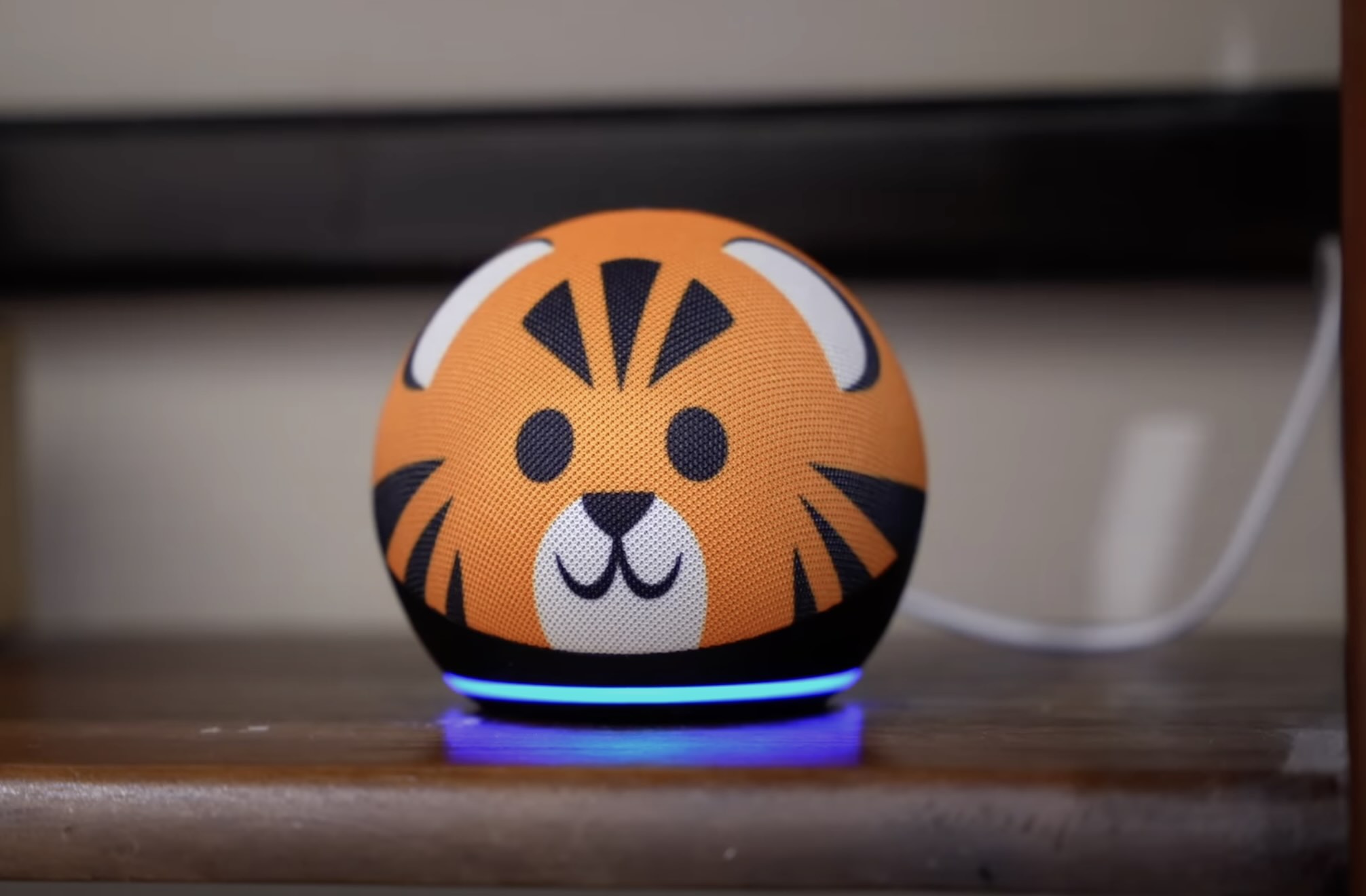




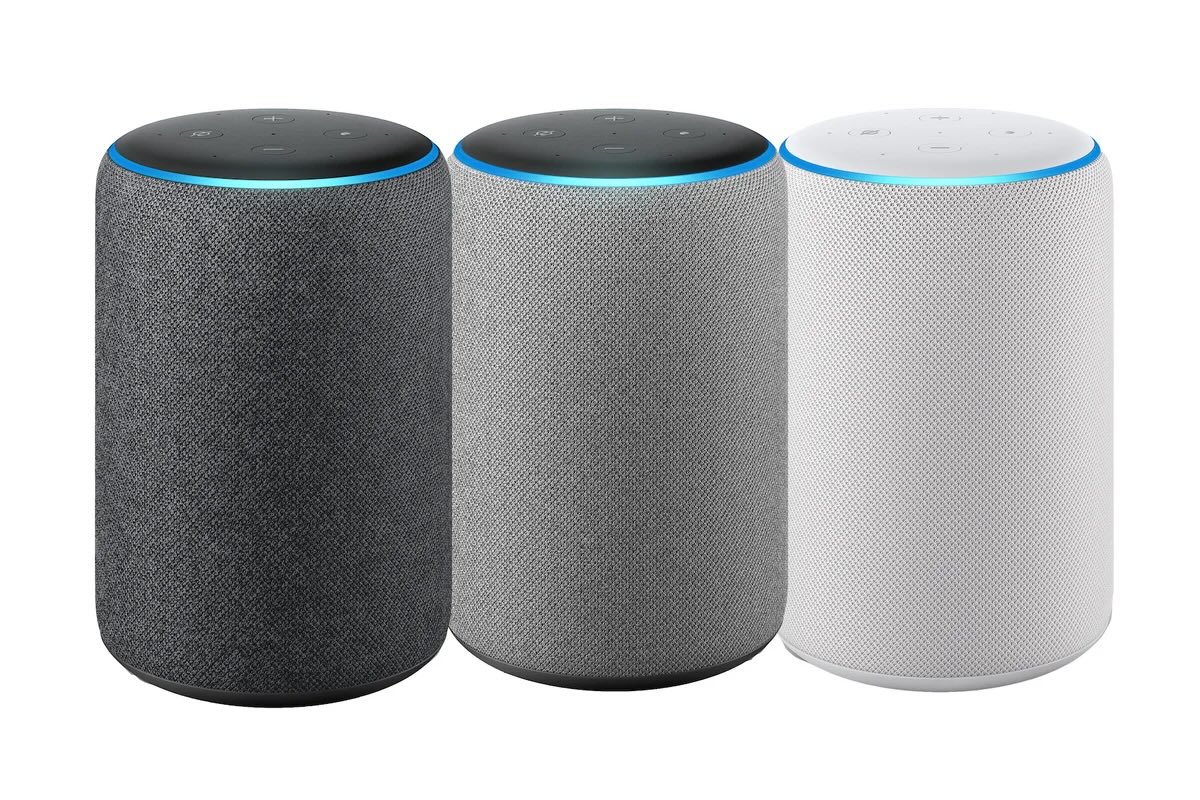


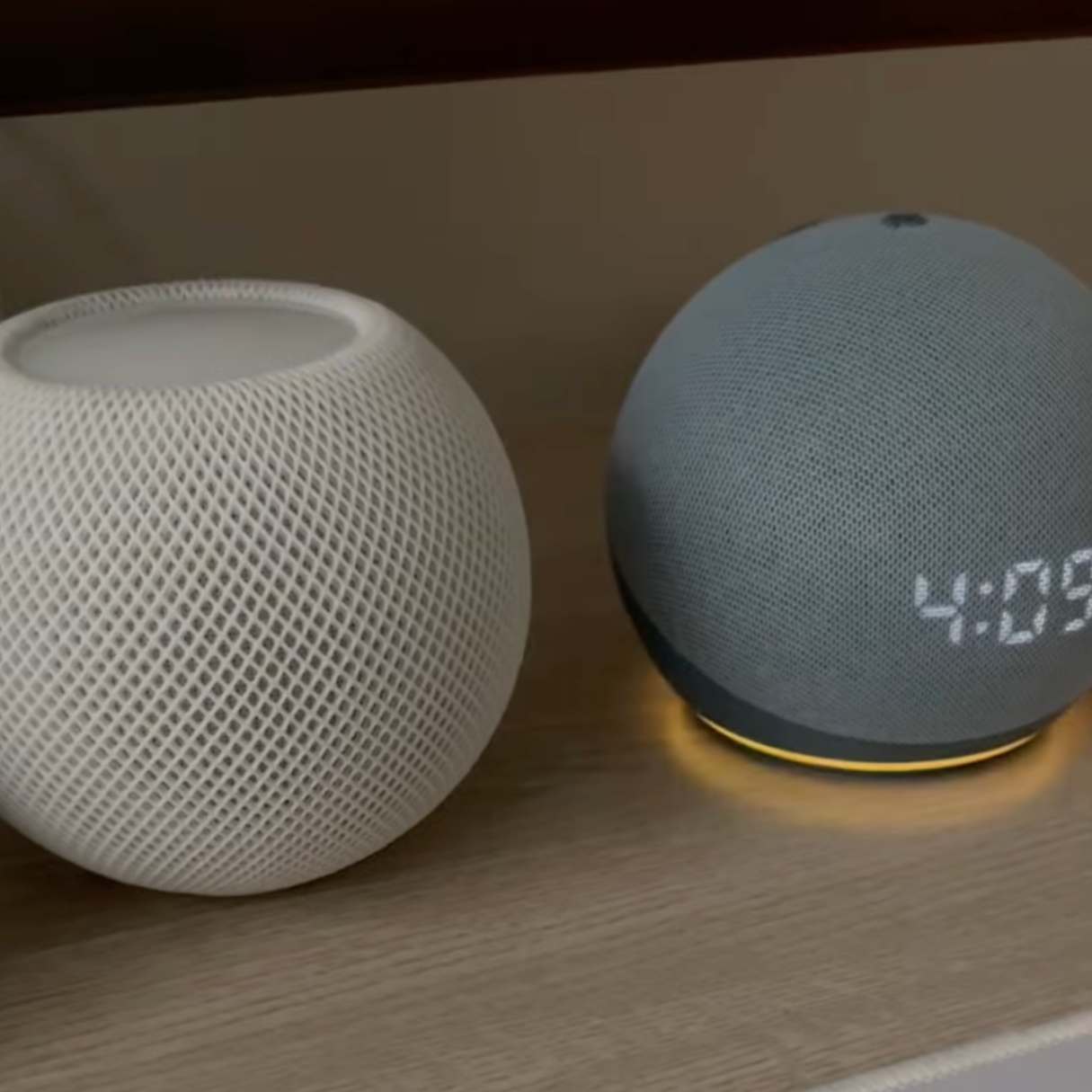
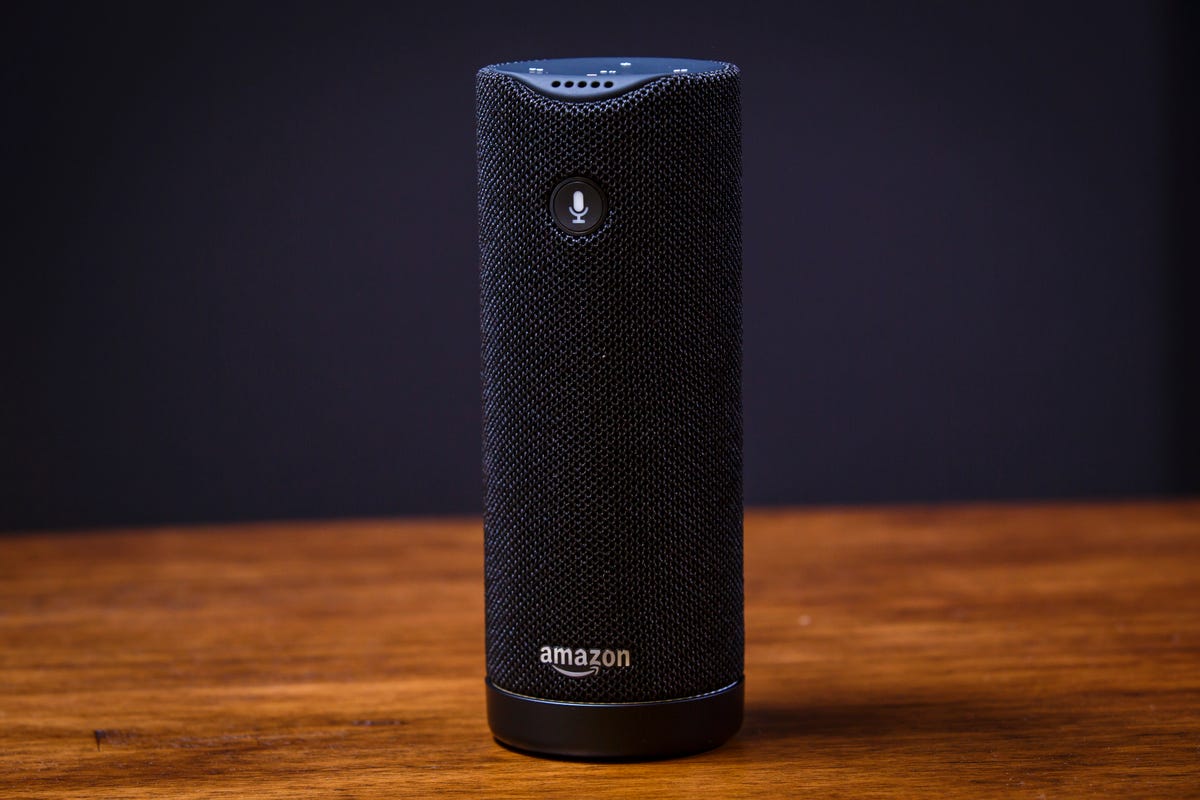
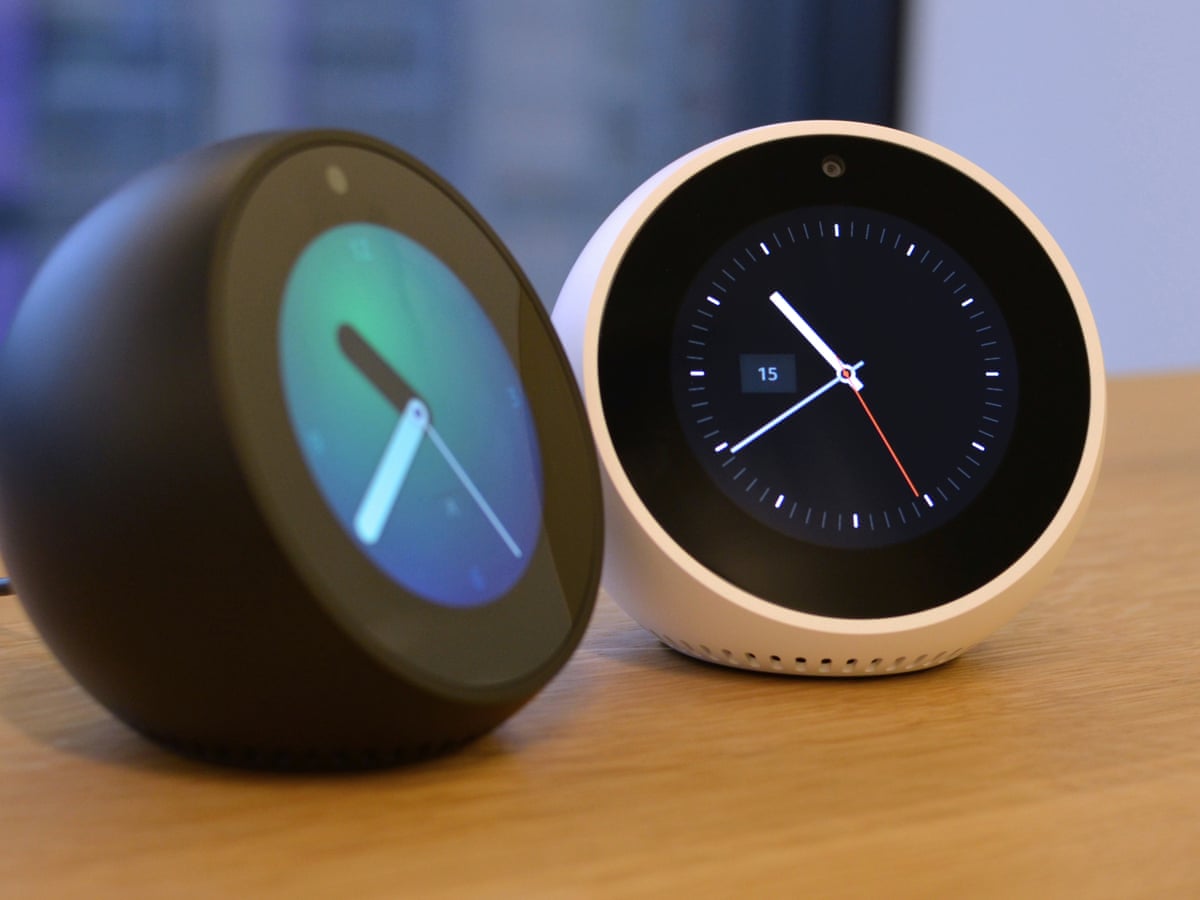
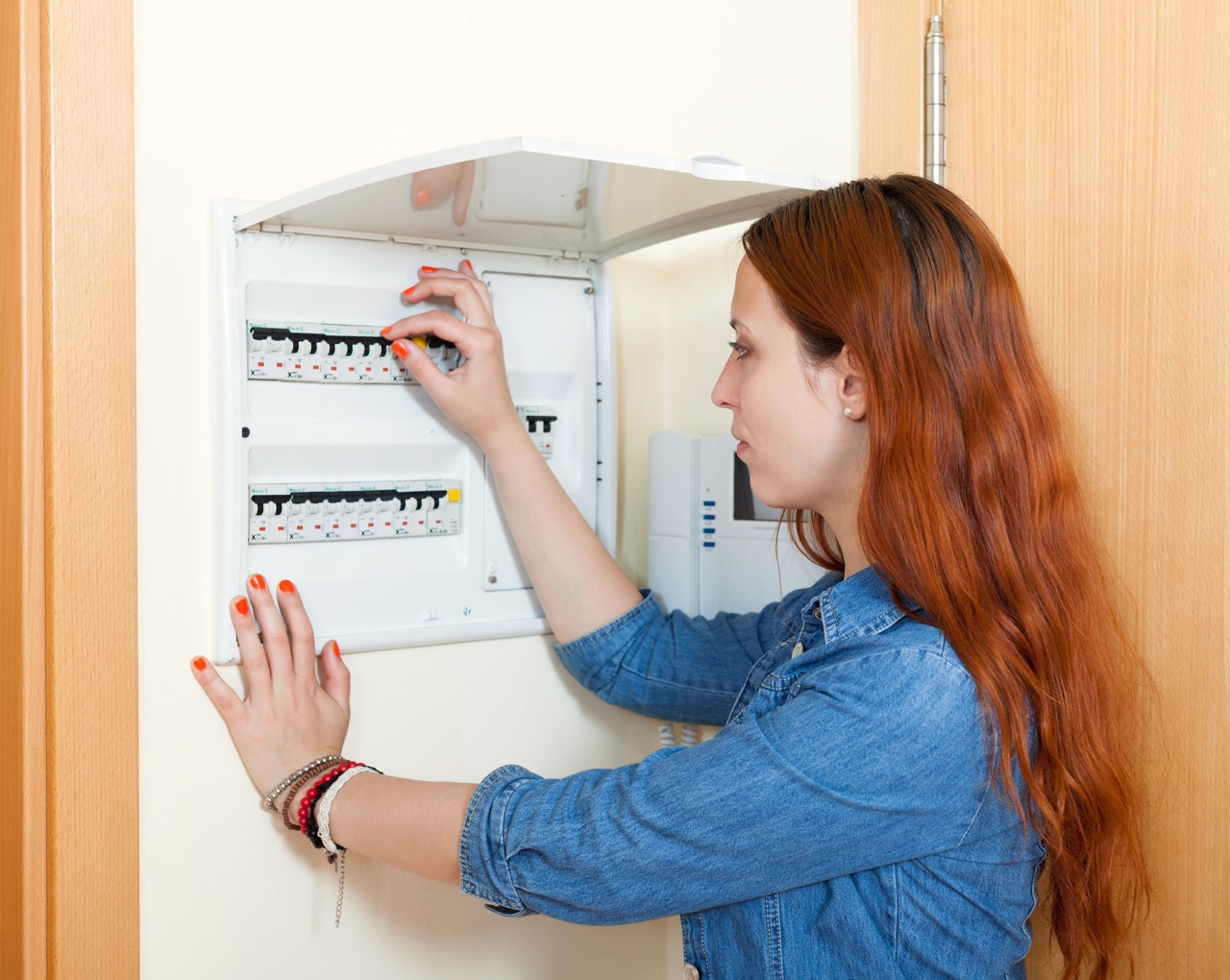


0 thoughts on “How To Make Alexa Understand Spanish”